2018
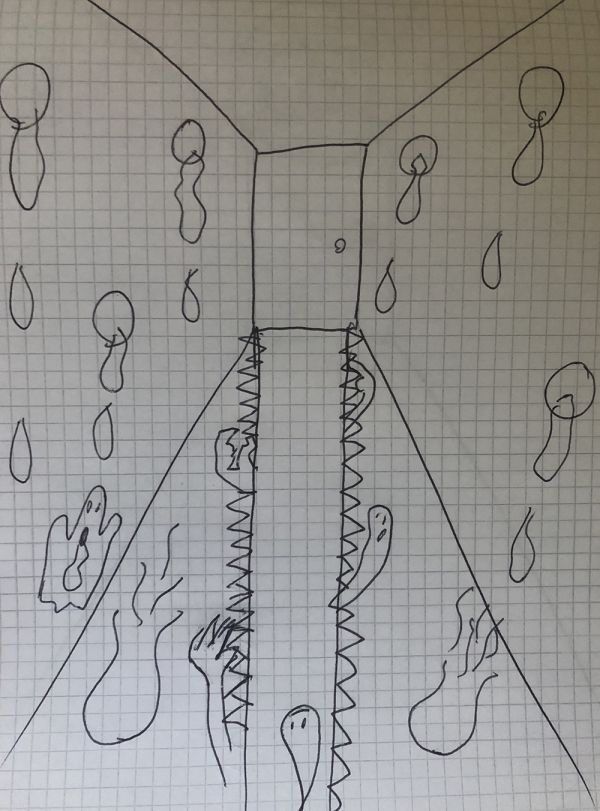
Projects • 2018
Chocolate Milk

Projects • 2018
Crossed-Out Warsaw
Projects • 2018
Fer et Huile (Iron and Oil)

Projects • 2018
From the Jungle to the Future
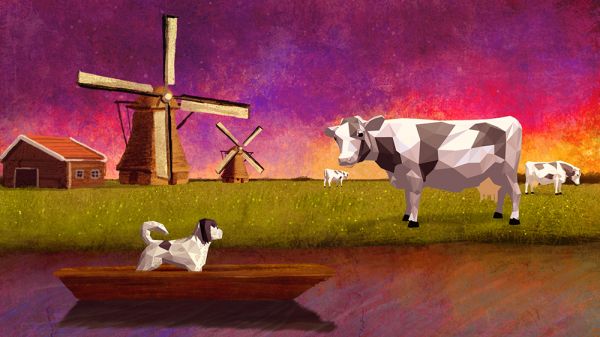
Projects • 2018
Half a Life (XR)
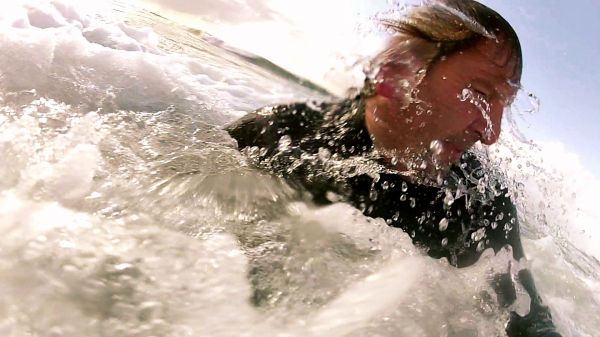
Projects • 2018
Legacy of an Invisible Bullet
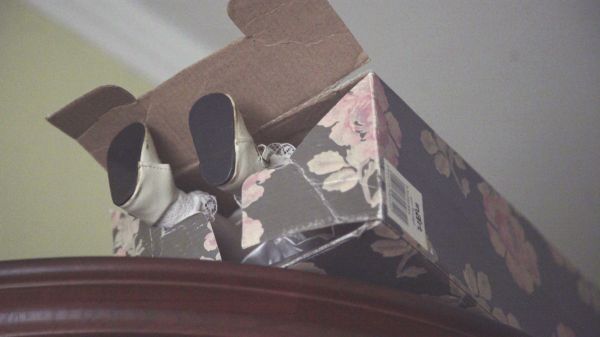
Projects • 2018
Love is not an Orange
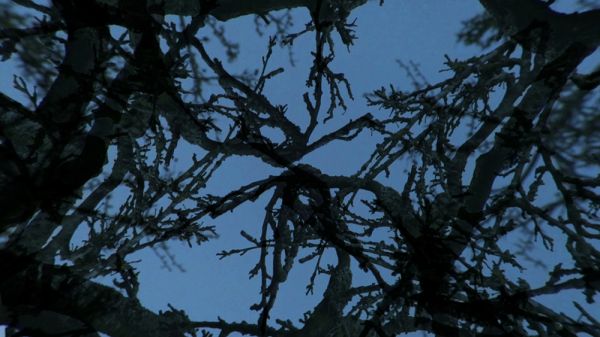
Projects • 2018
Mabs

Projects • 2018
Pearl of Absurd
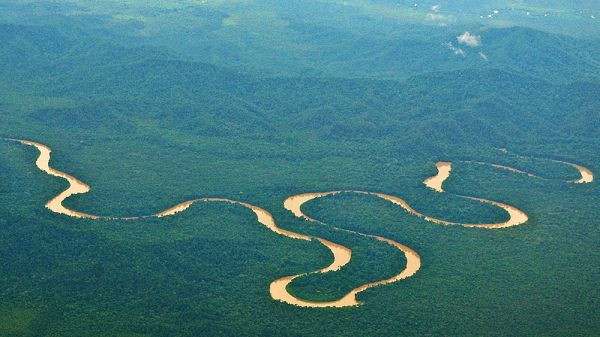
Projects • 2018
The Last River

Projects • 2018
Twin Marilyn
2017

Projects • 2017
3. Bridge

Projects • 2017
Afroroutes
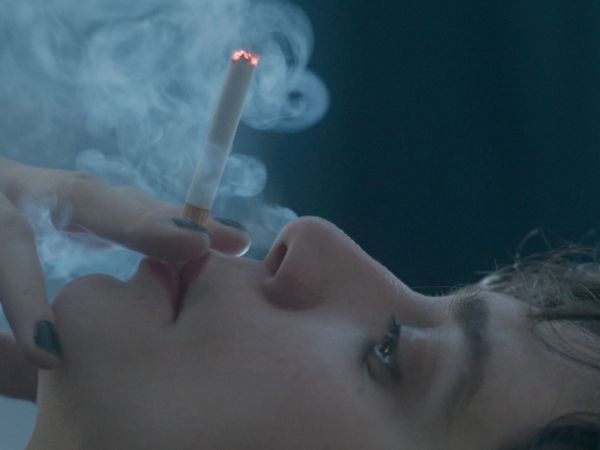
Projects • 2017
Aleph
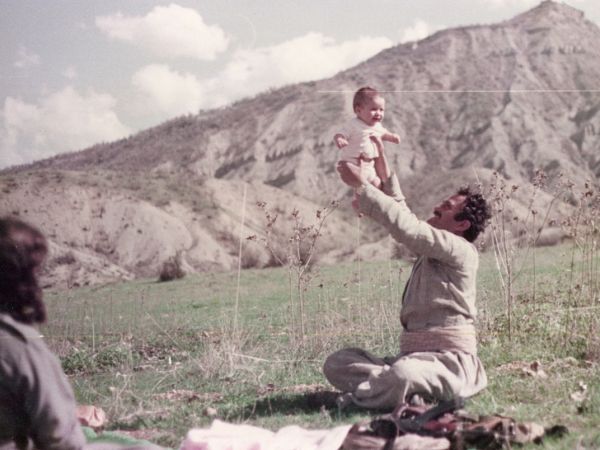
Projects • 2017
Big Village

Projects • 2017
Home

Projects • 2017
Never whistle alone
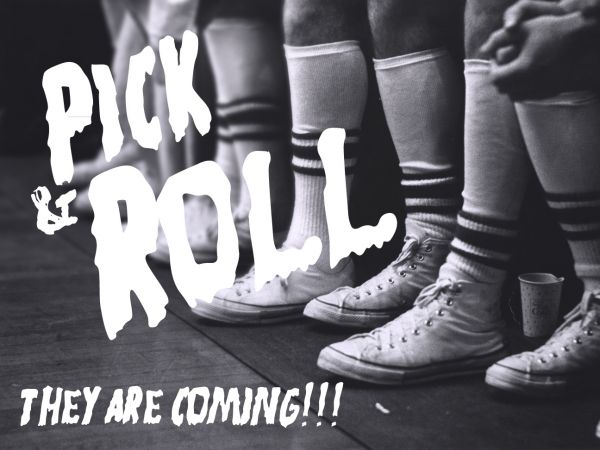
Projects • 2017
Pick'n Roll

Projects • 2017
Pre-Crime
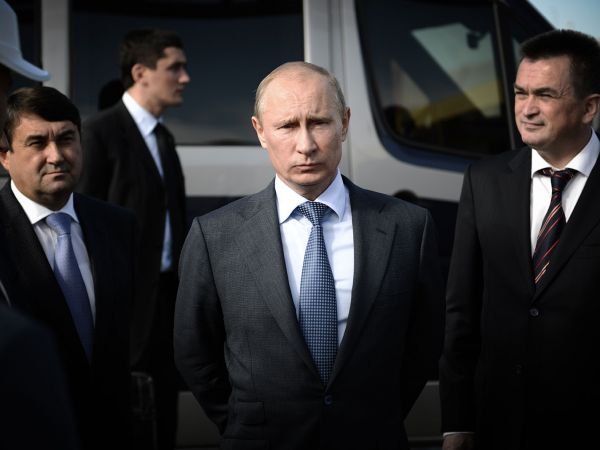
Projects • 2017
Putin’s roulette
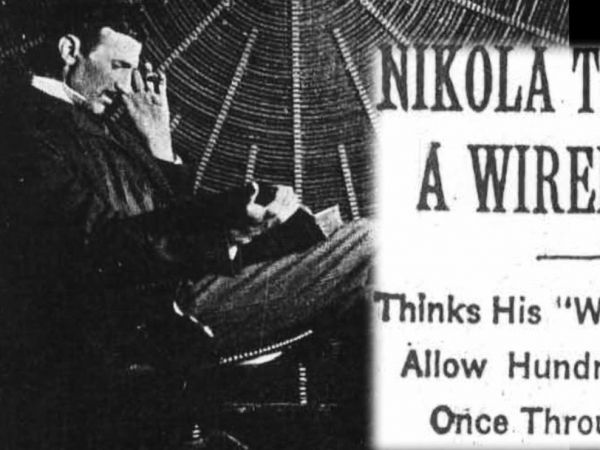
Projects • 2017
Teslafy.Me
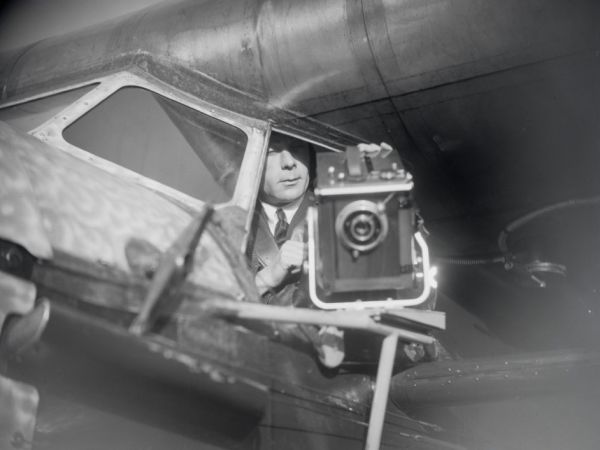
Projects • 2017
The Cinematic Seaplane
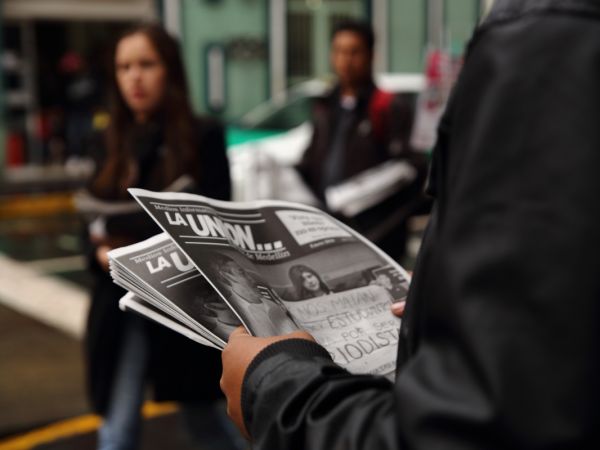
Projects • 2017
There are no victims in this town
2016

Projects • 2016
An Unpaid Act
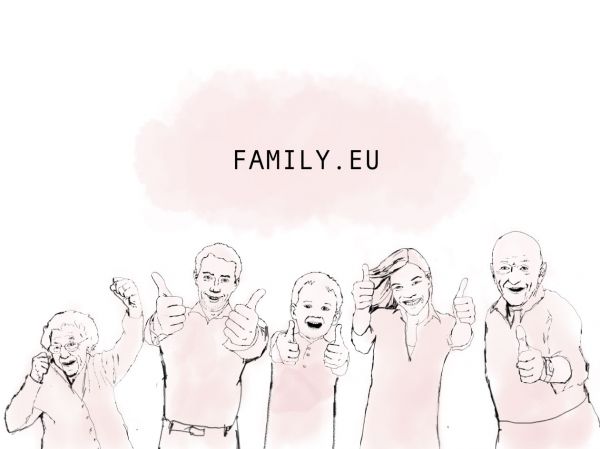
Projects • 2016
Family.eu
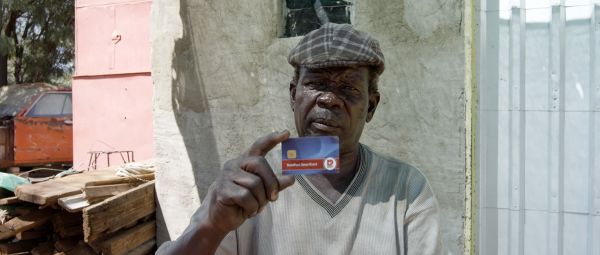
Projects • 2016
Free Lunch Society
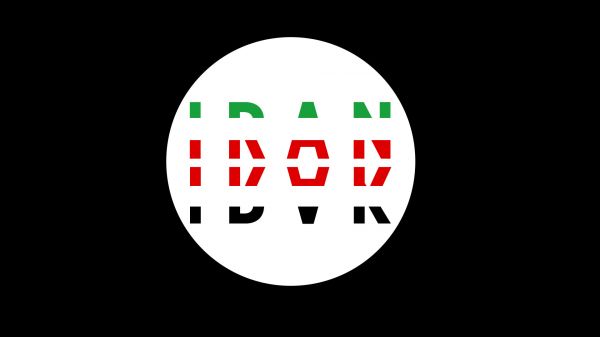
Projects • 2016
I/ran I/rak
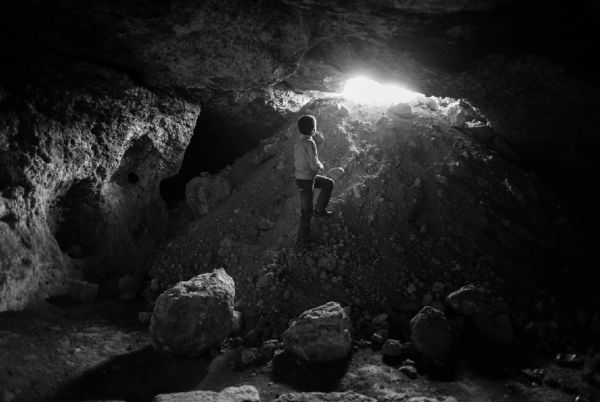
Projects • 2016
Interstice

Projects • 2016
My body, My story

Projects • 2016
Once there was a sea...
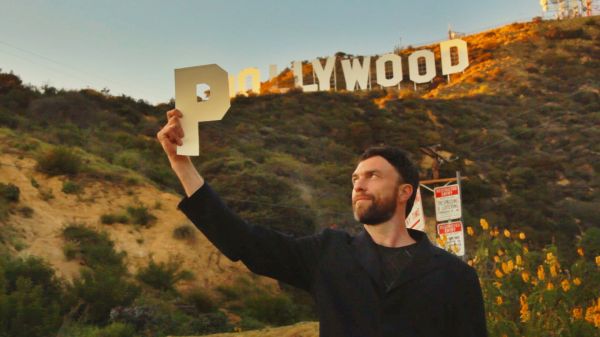
Projects • 2016
Pollywood

Projects • 2016
Robotics for all
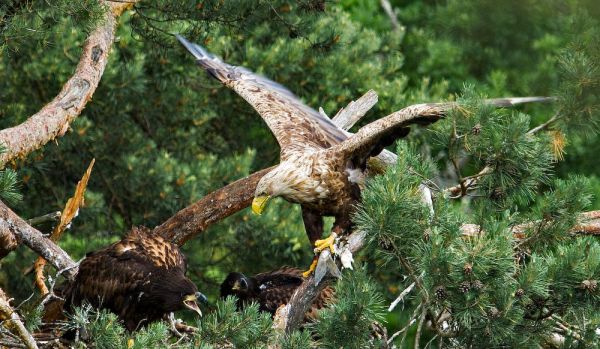
Projects • 2016
The Ancient Woods
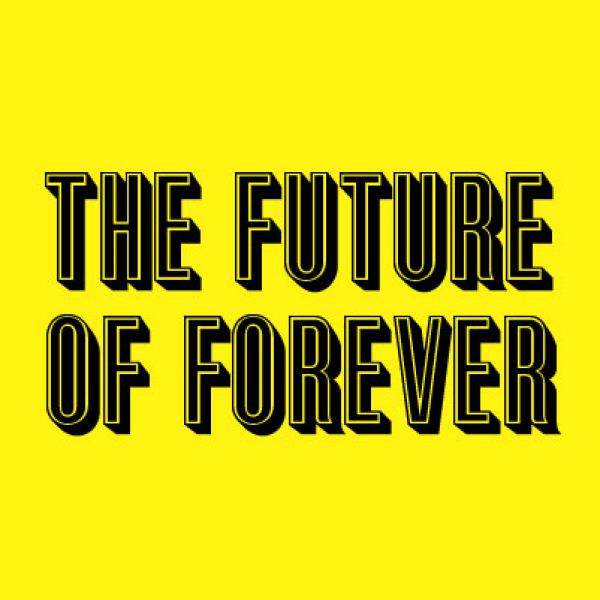
Projects • 2016
The Future of Forever: Welcome to the Other Side
2015
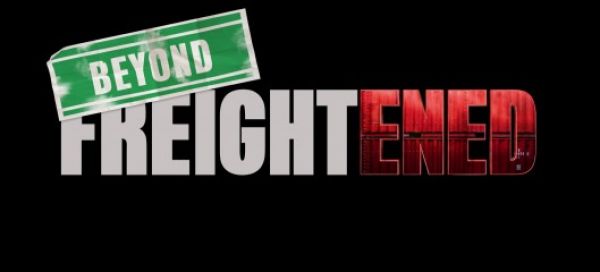
Projects • 2015
Beyond Freightened
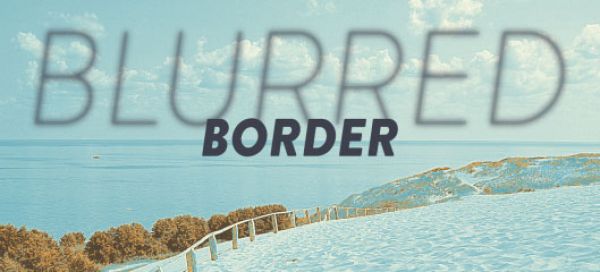
Projects • 2015
Blurred Border

Projects • 2015
Ethos
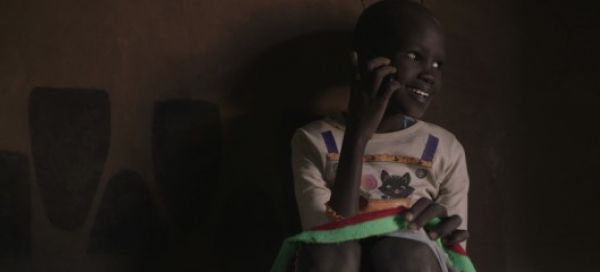
Projects • 2015
Find me in Kakuma
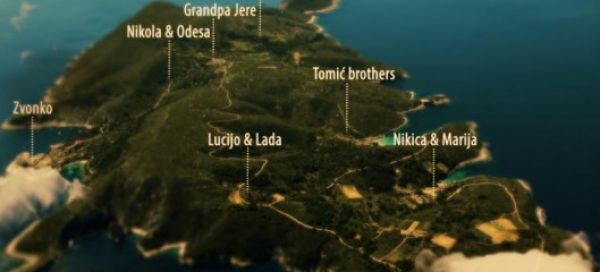
Projects • 2015
iISland
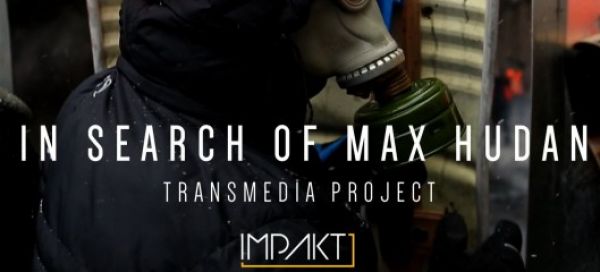
Projects • 2015
In search of Max Hudan
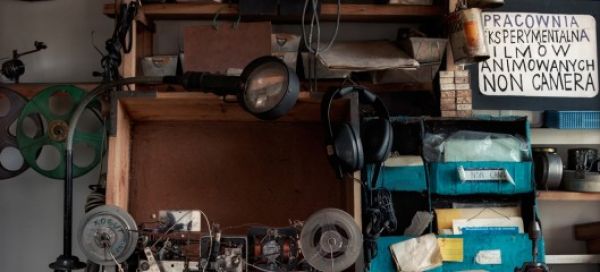
Projects • 2015
Julian Antonisz. Non-Camera

Projects • 2015
Metro Crossing
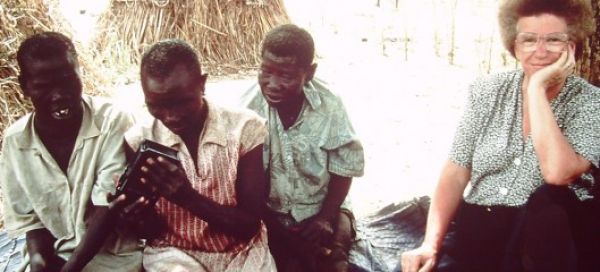
Projects • 2015
Still Dancing at Sundown: a story of resilience and survival

Projects • 2015
The Only Slut Around

Projects • 2015
The Sugar Blues App
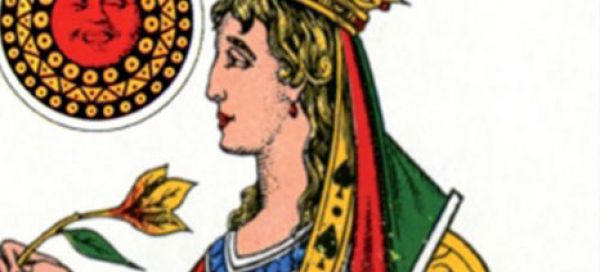
Projects • 2015
Women vs. Money
2014
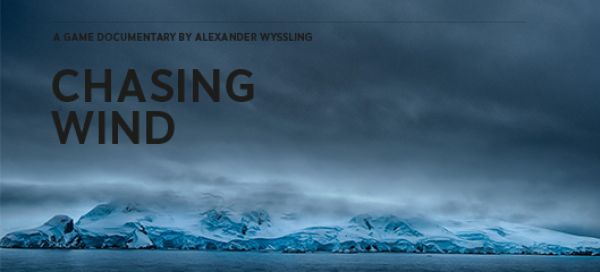
Projects • 2014
Chasing Wind
-copy.jpg)
Projects • 2014
Confessions on a razor’s edge
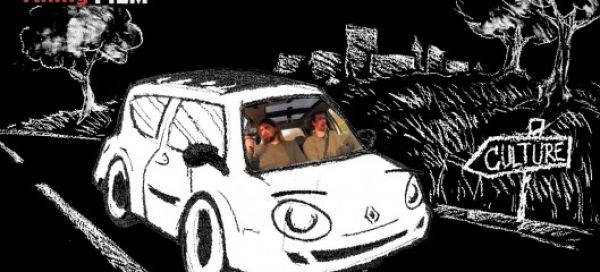
Projects • 2014
Dude, I lost my culture

Projects • 2014
Emerald Symphony
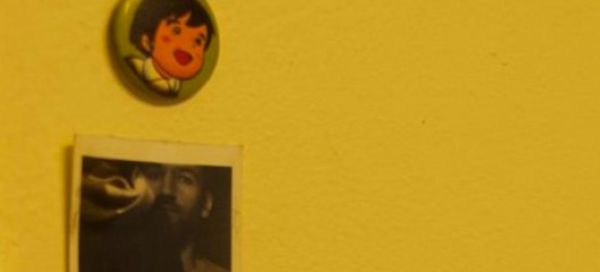
Projects • 2014
Goodbye Marco

Projects • 2014
Just wanted to tell you
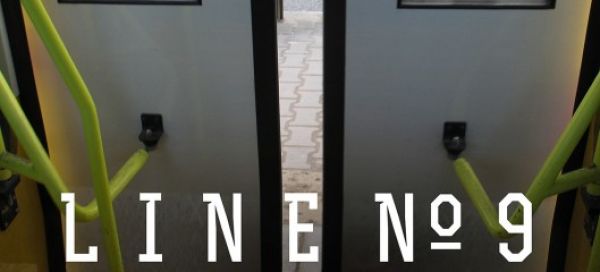
Projects • 2014
Line No 9
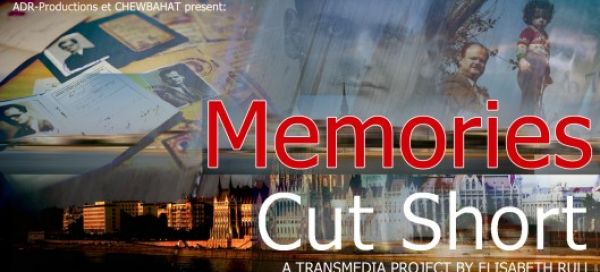
Projects • 2014
Memories cut short

Projects • 2014
Mirrors of the self
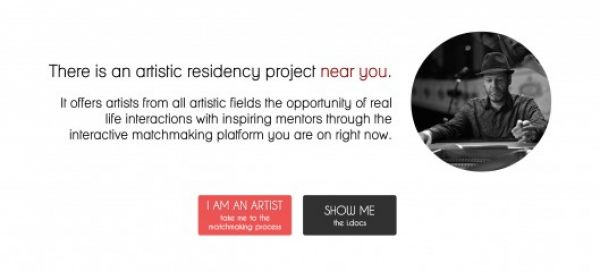
Projects • 2014
Nearby
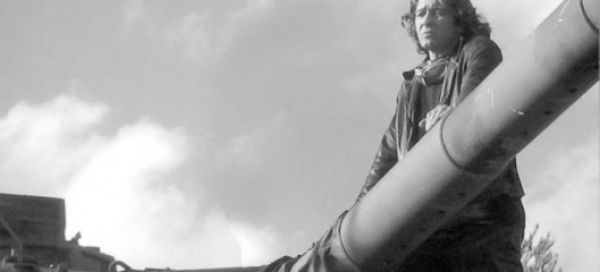
Projects • 2014
Rudy Ricciotti: the fight of an architect
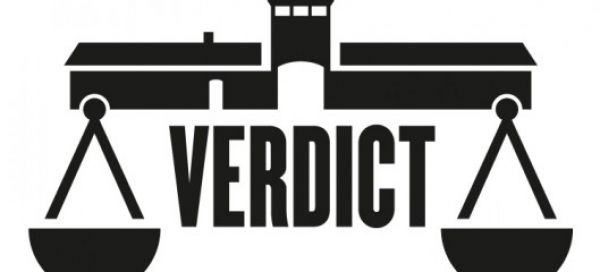
Projects • 2014
Verdict. Can there be Justice for Auschwitz?
2013
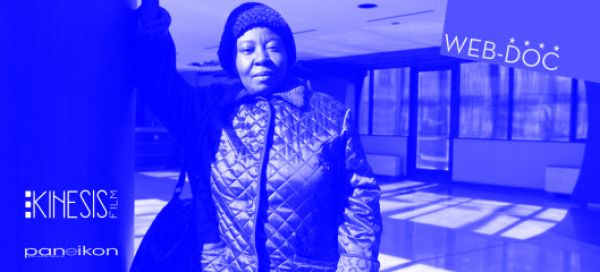
Projects • 2013
4 Stelle Web-Doc
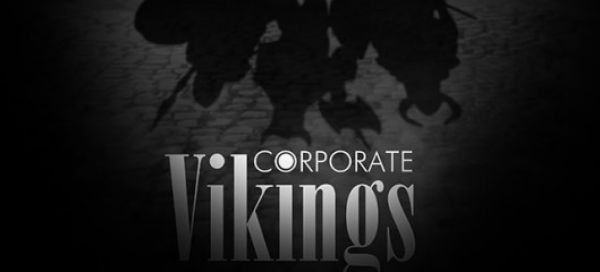
Projects • 2013
Corporate Vikings

Projects • 2013
i-f@milia
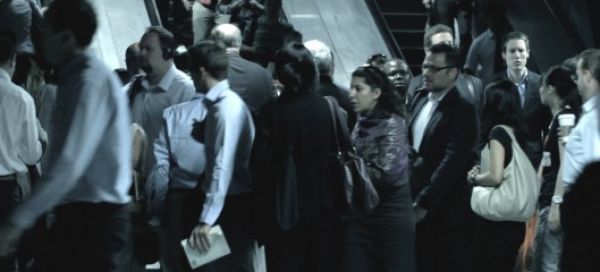
Projects • 2013
In Panic
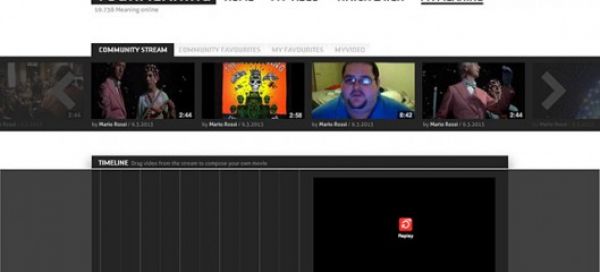
Projects • 2013
Show me your meaning
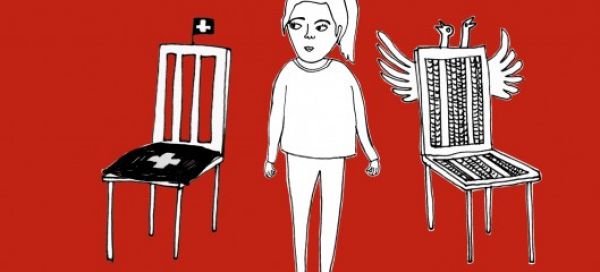
Projects • 2013
Sitting on the Fence

Projects • 2013
The Interpreter / The Call
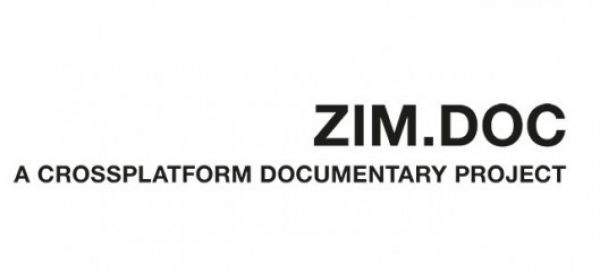
Projects • 2013
zim.doc





